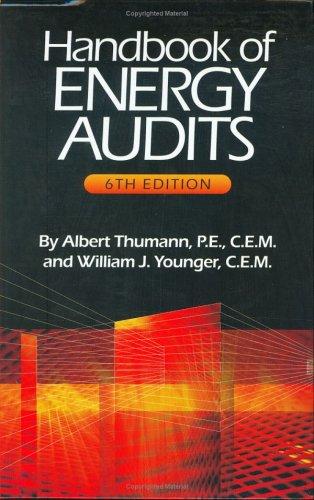Question
Joint cost allocations are not useful for decision making Mystic Herbals processes exotic plant materials into various fragrances and biological pastes used by perfume and
Joint cost allocations are not useful for decision making
Mystic Herbals processes exotic plant materials into various fragrances and biological pastes used by perfume and cosmetic firms. One particular plant material, Xubonic root from the rain forest in Australia, is processed yielding four joint products: QV3, VX7, HM4, and LZ9.
Each of these joint products can be sold as is after the joint production process or processed further. The following table describes the yield of each joint product from one batch, the selling prices of the intermediate and further processed products, and the costs of further processing each joint product. The joint cost of processing one batch of Xubonic root is $30,000.
|
| QV3 | VX7 | HM4 | LZ9 |
| Number of ounces per batch | 100 | 80 | 125 | 195 |
| Cost of further processing | $2,400 | $400 | $2,500 | $2,800 |
| Selling price of unprocessed intermediate product per ounce | $ 62 | $ 49 | $ 102 | $ 47 |
| Selling price of final product after further processing per ounce | $ 85 | $ 57 | $ 127 | $ 61 |
Required:
Demonstrate which of the joint products should be processed further and which should be sold without further processing, to maximize firm value.
Based on your analysis in part (b) regarding the decisions to process further or not, demonstrate whether Mystic Herbals should process batches of Xubonic root into the four joint products? Support your decision with a quantitative analysis and indicate how much profit or loss Mystic Herbals makes per batch.
Step by Step Solution
There are 3 Steps involved in it
Step: 1

Get Instant Access to Expert-Tailored Solutions
See step-by-step solutions with expert insights and AI powered tools for academic success
Step: 2

Step: 3

Ace Your Homework with AI
Get the answers you need in no time with our AI-driven, step-by-step assistance
Get Started


